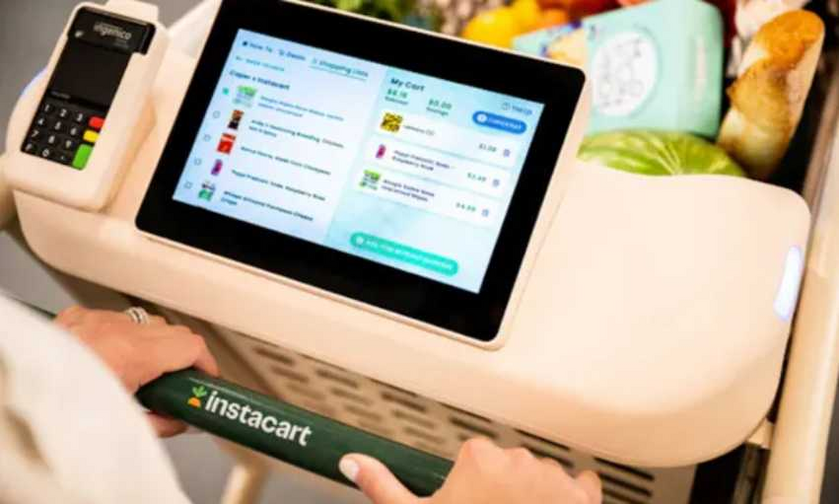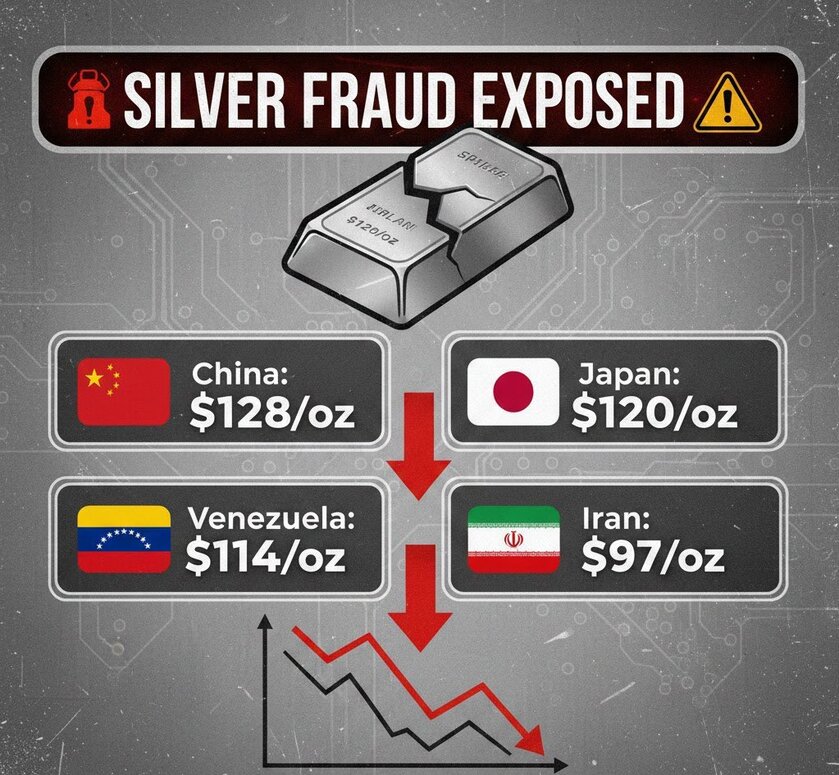One hundred years ago, the grocery shopper was just trying out the new concept of chain stores like Piggly Wiggly, A&P and King Kullen. She would visit one of these chains with sawdust on the floor and handwritten price tags for items like sirloin steak (.39 pound), flour (.04) and butter (.45). Even back then in the 1920s, the industry had its own trade periodical — and it picked out a prescient issue that would come to dominate the economics of the category.
“During the [1917-18] war, and in the period of reconstruction, we have heard and read much of eliminating the so-called ‘Middleman,’” the editors of Progressive Grocer wrote in its inaugural issue in 1922. “We are convinced, however, that no method has yet been developed that can more economically serve the consumer than the present triumvirate of manufacturer, wholesaler and retailer.”
Outside of the obvious price differences, in some ways, the issues in the grocery business have remained the same, as highlighted in the Progressive Grocer editorial. It’s still about economically serving the consumer. Shoppers will still want to handle their produce, even though digital delivery options abound. Some will still want the experience of seeing the Wheaties box with Simone Biles on the shelf. But in other ways, absolutely everything has changed.
According to the PYMNTS Global Digital Shopping Index, grocery merchants now need to prioritize features that are different from retail merchants for maximum impact. For merchants that provide groceries, “Click and Mortar” consumers most want to use their preferred payment method. The next most valued features are rewards — as grocery shoppers want to earn discounts for their loyalty — and digitally available product details. Consumers also want digitally available coupons that are usable both in-store and online.
Looking back can point the way forward. It’s no coincidence, Instacart Chief Product Officer Daniel Danker told Karen Webster, that the company kicked off a recent all-hands meeting with a look at 1924 trends. These days, grocery is all about the Click and Mortar shopper navigating the connected economy. If Instacart is any indicator, the grocery experience is about to get more “shoppable.” Looking to become more than just a food delivery service, Instacart is preparing new AI tools for an upgraded digital grocery experience that will move affordability up the priority list in a shift that it believes will strengthen the overall grocery ecosystem.
“It always has to come back to the customer,” Danker told Webster. “It has to solve a problem. We can’t just have technology for the sake of technology.”
Ch-Ch-Changes And AI’s Beginner Phase
Today, Instacart sees the future of grocery shopping as a hybrid model that combines the best of digital convenience with the sensory experience of in-store shopping. Danker told Webster that in the very near future, the back of the store is going to be oriented much more around enabling fulfillment, either for online orders that are delivered or online orders that are picked up. The front of the store will be oriented much more around the set of products that consumers want to browse and touch — tailored, time-efficient and tuned to the changing profile of the grocery store shopper.
Instacart’s AI strategy revolves around convenience and personalization, with features like the “Buy it again” function, which typically contains over 200 items for the average user.
“We want to make it effortless, and it’s beginner AI,” he told Webster, explaining that phase one is all about making food decisions effortless for the shopper. “Intermediate and advanced is going to get really exciting.”
Instacart is working on more proactive AI features such as anticipating when customers are likely to run out of certain products and making intelligent suggestions based on past purchases and preferences.
Instacart’s vision for the future of grocery shopping involves what Danker calls a “personal planogram.” This concept aims to break free from the traditional store layout, the foundational plank around which stores are designed and products displayed, creating a uniquely tailored shopping experience for each customer.
“Online, that store really can physically reshape itself around needs,” Danker explains. This personalization extends to understanding dietary preferences, household composition, and even specific recipe needs. “If my wife adds pancake mix to her cart and she inadvertently adds one that has wheat in it, [a message] will pop up and say, ‘this same brand has a gluten-free version’.”
The personal planogram will also anticipate shoppers’ needs based on their regular cooking habits. “We’re going to start to understand automatically the dishes that you have on rotation in your household,” Danker says, explaining how the app could suggest all necessary ingredients for a dish with just a few taps. Their recent partnership with the NY Times Cooking section makes recipes shoppable, something that Danker says is among the most complicated logistical feats in delivery.
“It’s about knowing what’s in the store, and specifically knowing what’s on the shelf,” Danker said. “It’s extremely important. We do that better than anyone. If you’re placing an order right now for tomorrow, and those items are going to get replenished overnight, not letting you buy a certain product because it’s out of stock tonight might be foolish because it’ll be on the shelf by tomorrow morning. That requires so much history, right to every store in every location that we can predict when these items are going to show up on the shelf.”
Making Grocery Shopping More Affordable
With inflation comes a need for affordability — that’s a key focus for Instacart, especially given the rising costs of buying and putting food on the table. To address this, Instacart is developing features to help customers make more cost-effective choices. One such feature is the personalized digital flyer, which Danker describes as “almost the equivalent of the circular that lands on people’s counters. The difference is we’ve personalized it.” And it doesn’t get misplaced or mistakenly thrown away. The digital flyer informs customers about sales on products they regularly purchase across different stores, providing comparison shopping without the need to get in a car and visit multiple stores to save a couple of dollars here and there.
This comes over and above the store loyalty programs integrations Instacart provides its shoppers. “Linking even just the loyalty programs, which we’re also obsessed with making available to customers, is saving customers $8-10 per order,” Danker said.
From Groceries to Eat: The Uber Eats Partnership
Instacart’s recent collaboration with Uber Eats marks a significant shift in the company’s approach to food delivery. “We are actually no longer a grocery delivery service. We’re a food delivery service,” Danker states, emphasizing the company’s evolution to encompass both grocery and restaurant delivery. Danker told Webster that this partnership aligns with Instacart’s goal of meeting customers’ broader food needs. “If you want to serve customers better, you need to understand customer’s motivations. And the customer’s motivation in our case is convenient, healthy food,” he said.
Early results from this collaboration are promising. Danker notes that the partnership has been “completely incremental” for grocery orders, allaying concerns about potential cannibalization. Moreover, it’s performing particularly well among Instacart Plus members, indicating increased value for subscribers. It’s part of what he sees as the more connected future for the grocery and restaurant category.
Danker says that AI and all the many elements of the current Instacart platform will deliver more affordability, regardless of the channels consumers shop. Instacart’s acquisition of Caper gives shoppers a digital grocery shopping experience using their Instacart credentials in the store, including personalized ads based on what’s already in the shopping cart or items that might complement them. Instacart gives grocery stores an omnichannel experience they don’t have to build themselves, without losing touch with the consumer.
“Instacart’s going to deliver so much access, not just convenience, but access to stores you might not have gone to yourself that actually you’ll be able to get,” Danker said, “and we’re going to satisfy those needs best through Instacart, because we’re so much more connected to the world around you.”

























